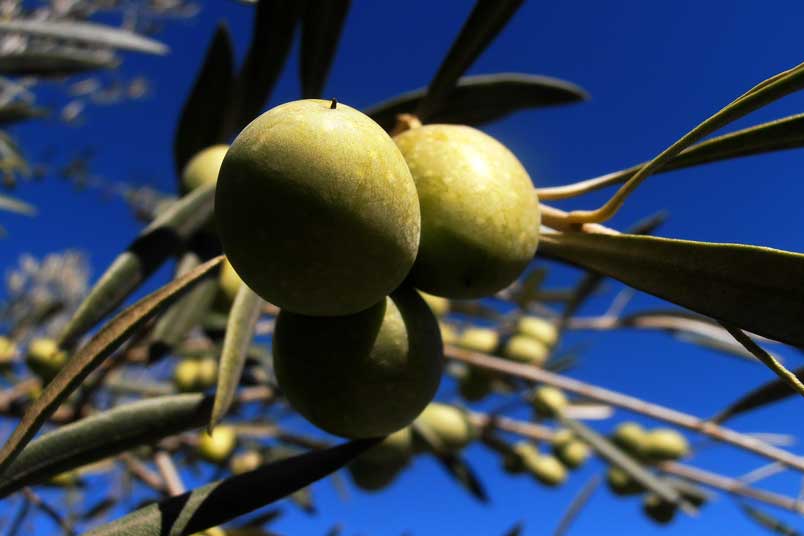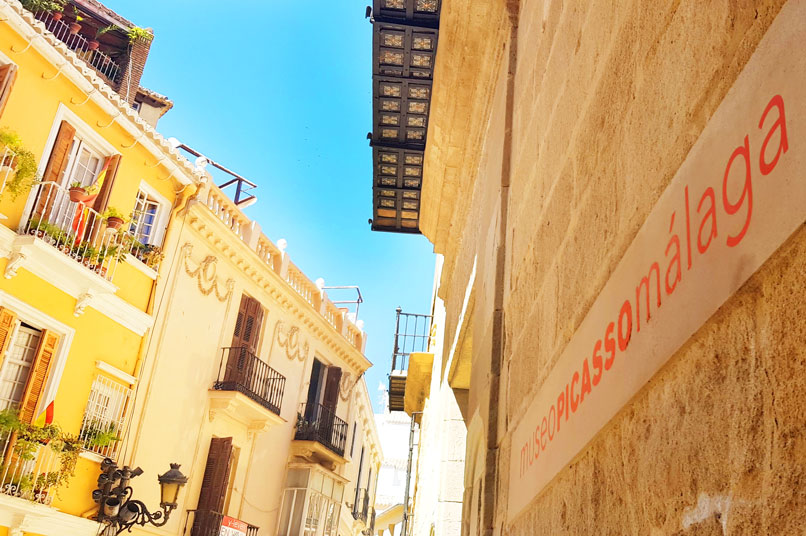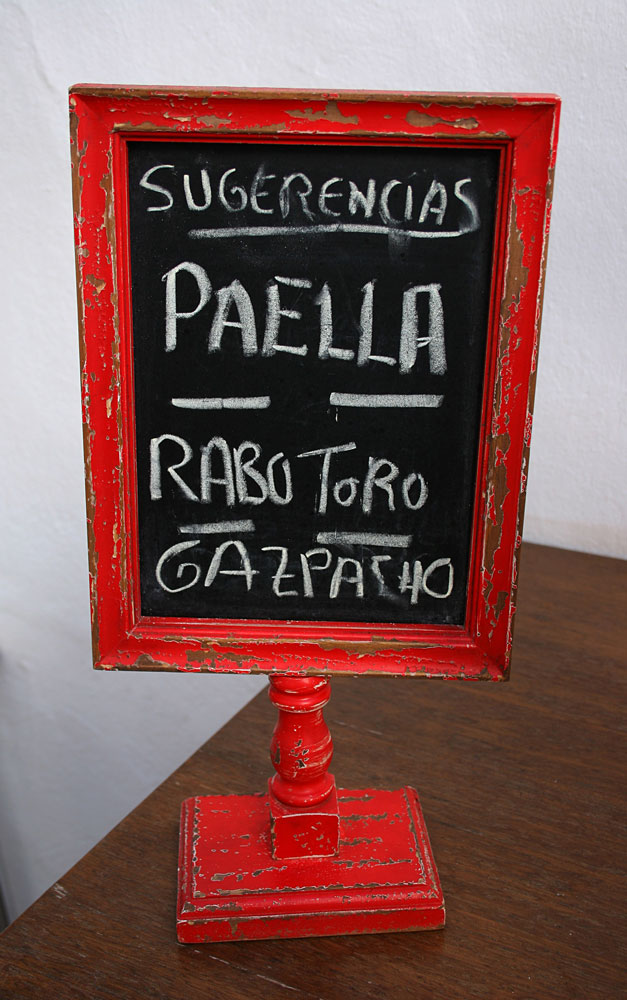
Eating Spanish paella is one of Spain’s favourite activities for a reason.
Every traveller must try Spain’s most famous rice dish, Paella. Why not learn how to make one? Here, with our recipe is your chance to learn how to cook a Spanish Paella, great for parties and get-togethers.
Read time: 5 min
The most satisfying Spanish meal to eat for a big day of sightseeing
Coming to visit Spain? Have you had friends and family extolling the virtues of Paella, the most famous and traditional rice dish of Spain? Well then, you must try it while you are travelling here. Not just to carbo load for an active holiday but it would be like visiting Venice and not having a ride in a Gondola, it is a Bucket list Must!
As we all know, there is nothing better than getting together with friends, families and neighbours to eat. The Spanish take this to a whole other enthusiastic level though and it is virtually a national pastime. The huge paellas which are made here, lend themselves perfectly to this activity and so are well loved by all. Cook a Spanish paella on your return and impress friends and family with this cherished taste of Spain.
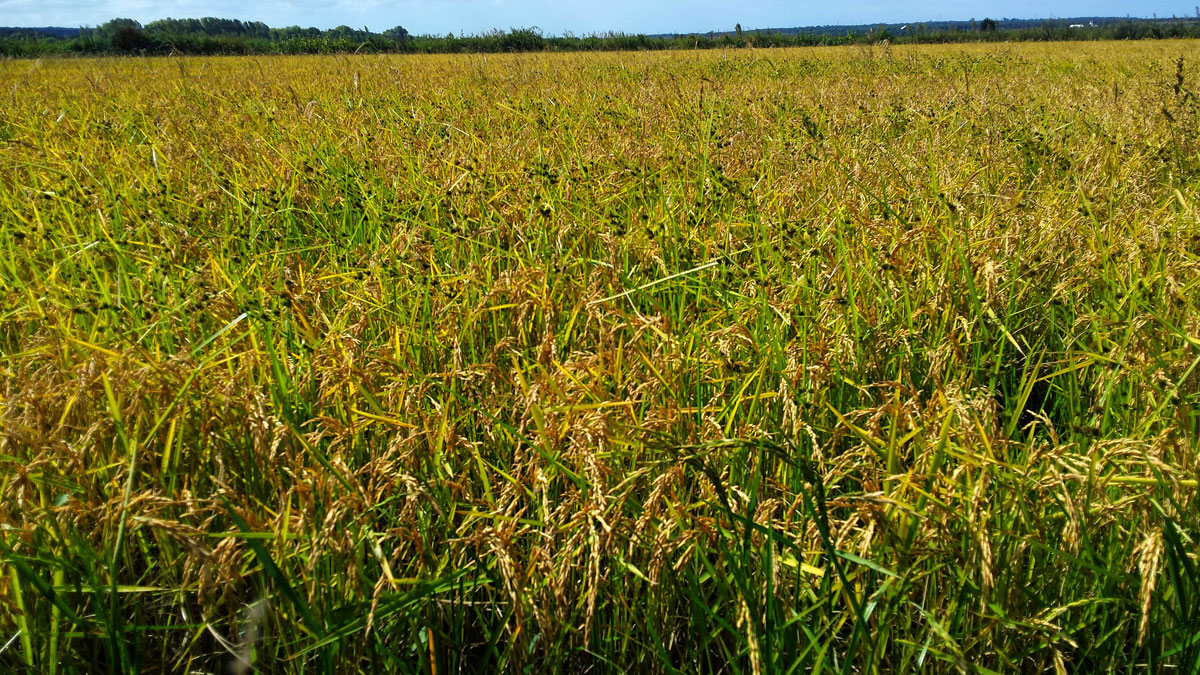
Rice – Sacred Grain of the Gods
Although we throw it a newlyweds without thought, rice has a long and impressive pedigree that has transcended borders. Such an important crop internationally having fed millions for millenniums, it often signifies abundance and fertility. Rice has some of the most esteemed admirers as well. Upheld by both Buddha and Lord Shiva, God of Destruction, rice was also to be said to have sprung from a bead of Mohammed’s sweat in the Islamic faith. This recipient of such high accolades was soon brought to Europe around the time of Alexander the Great’s expedition to India, and to this day, still is enjoyed with gusto.
Rice Cultivation in Spain
The history of Spain’s love of rice is an interesting one. Rice cultivation in Spain really became cemented during the time of the Moorish rule from the 8th century. In fact, the Spanish word for rice – arroz – bears evidence of the grain’s history as it comes from the Arabic al arruz. It was then added to local dishes in Valencia, where rice seemed to grow very well indeed because of the temperate weather conditions, lots of sun and natural wetlands. Today, rice growing is mainly near the coast of Valencia, Catalonia’s Delta del Ebro, and Murcia’s Calasparra area. All three are protected by denominación de origen which certifies their crop.
Rice is absolutely vital to the country’s meal tables and it may come as a surprise that Spain is the second largest producer of rice in Europe. Italy and Spain are the major rice-growing countries, accounting for 80% of the total EU production and consumption as well (followed by Greece, Portugal & France). Spaniards consume about 8 kilos of rice per year they love it so much. You will too when you enjoy the great taste sensation of Spanish Paella!
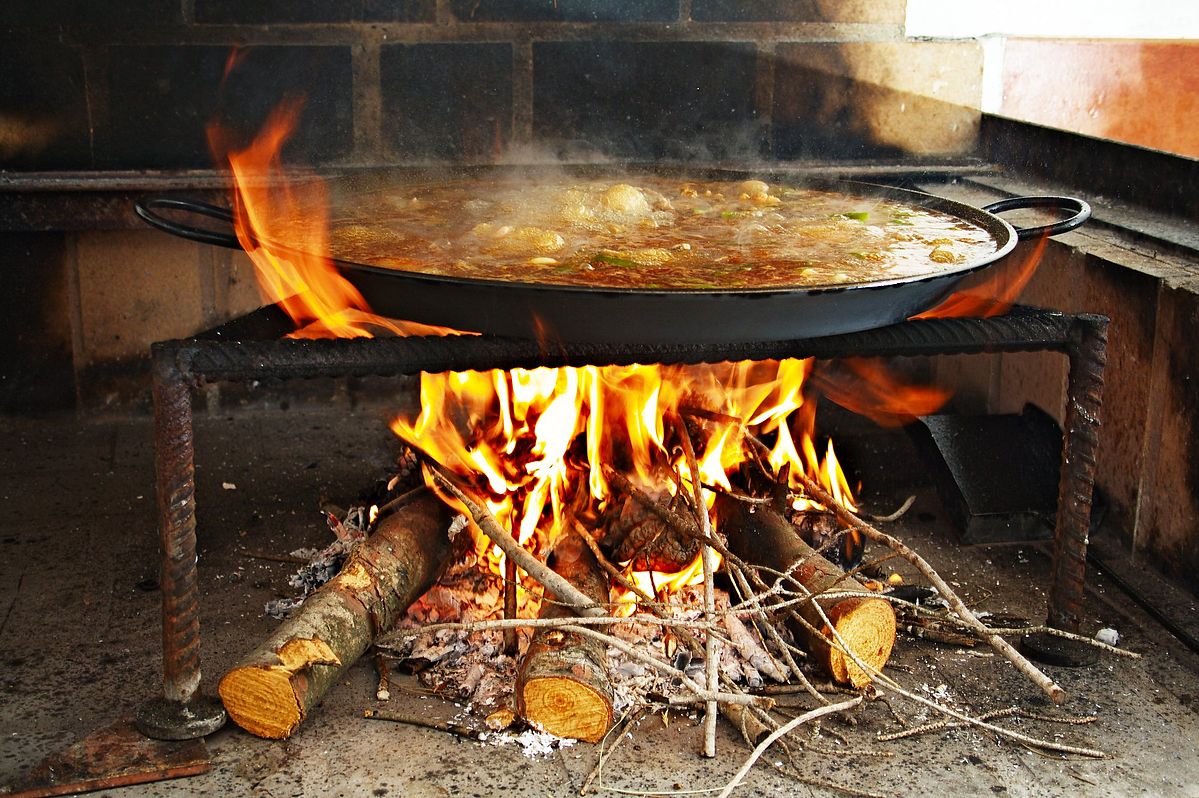
The Humble Origin of Spain’s Paella
From this introduction of rice by the Moors, Paella originated in the fields inland from the Valencian coast, as a filling substantial lunch for farm workers. It became common in orchards and fields, to have large dishes simmering over an open fire with the main ingredients of locally sourced food slowly cooking while everyone worked. A fine and al fresco option for a hearty lunch for poor hungry people hard at work. Paella was never designed by great chefs for the elite, but instead a menu del día lunch for the poor in order to keep their energy up to finish their day’s labour.
On the coast this habit later developed into adding seafood in shells rather than meat and beans.

Regional Spanish differences on Paella
The “true” paella is arguable, but most would agree, the original would be the paella valenciana (Valencian paella), made with Spanish short grain bomba rice, chicken, rabbit, tomatoes, a type of white bean called garrafo, wide green beans, olive oil, saffron, and sometimes artichokes and a sprig of rosemary. It was never a fancy meal with complicated ingredients and there are definitely no shrimps, peas or chorizo in it.
Some regions, add seafood, others, rely more on a meatier dish with pork, chicken or beef. All incorporate vegetables of some type such as artichokes, peas, peppers, etc. In reality there are about 10 different varieties, including Galicia’s squid black ink one and Andalucian city of Huelva’s lobster creation. There are also paella de marisco, which is seafood paella with usually mussels, prawns with red peppers. Paella de verduras is one for the veggies being a vegetarian paella, and paella mixta is a combination of any or all of the above.
Whichever one you do finally choose, delicious paella on your trip in Spain is the perfect complement to a good day’s exploring here!
However, and this is important, don´t forget to sound like a local when you ask for it and pronounce it as “Pie eh Ya”, (you pronounce double LLs in Spanish with an Eh-ya sound). It is a perfect food for active people with its hearty slow energy release properties and of course is packed full of other good things like greens and meat, fish or seafood to discover this tremendous landscape!

Where to get a great Paella in Spain
Today, the paella you get almost depends on where you order it (and to be done right there is a minimum of a 2 person ask, due to the long laborious cooking process the cook (and rice!) must go through). However those are the kind of places you should go to in order to get a good one.
Home cooking not microwave heat ups!
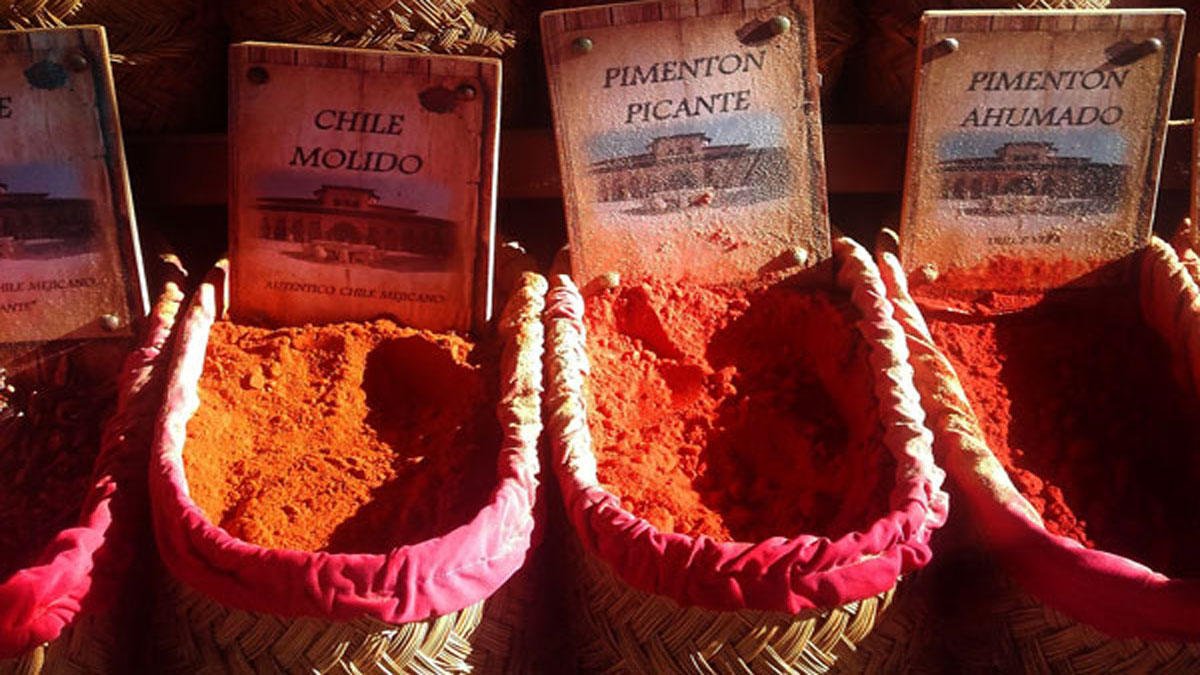
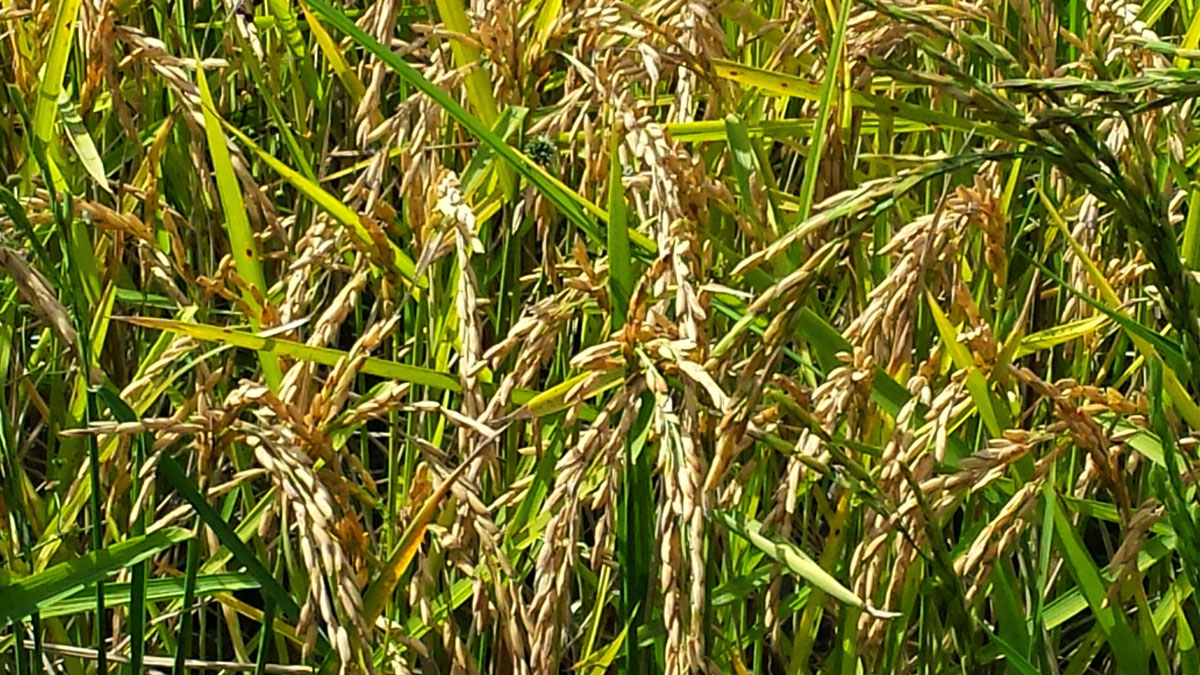
Tips on How to cook a great Spanish Paella
Cooking or eating a Paella, a traditional part of Spanish food culture, should not be trifled with and you should learn how to recognize a bona fide one from the banal.
What is the key to getting a good paella?
- It is all about how the rice is cooked. Don´t go for any microwave options anywhere, and short-grain only please as well!
- Spain’s Paella is also made to order, so expect at least 2 of you having to order it and wait time anywhere past 30 minutes.
When it does come out of the kitchen, it should be served
- with dry rice, not with wet juice everywhere
- in the pan it was cooked in
- al dente texture
- not overly yellow orange with food colouring (actually saffron is the key with its soft scent and subtle hue).
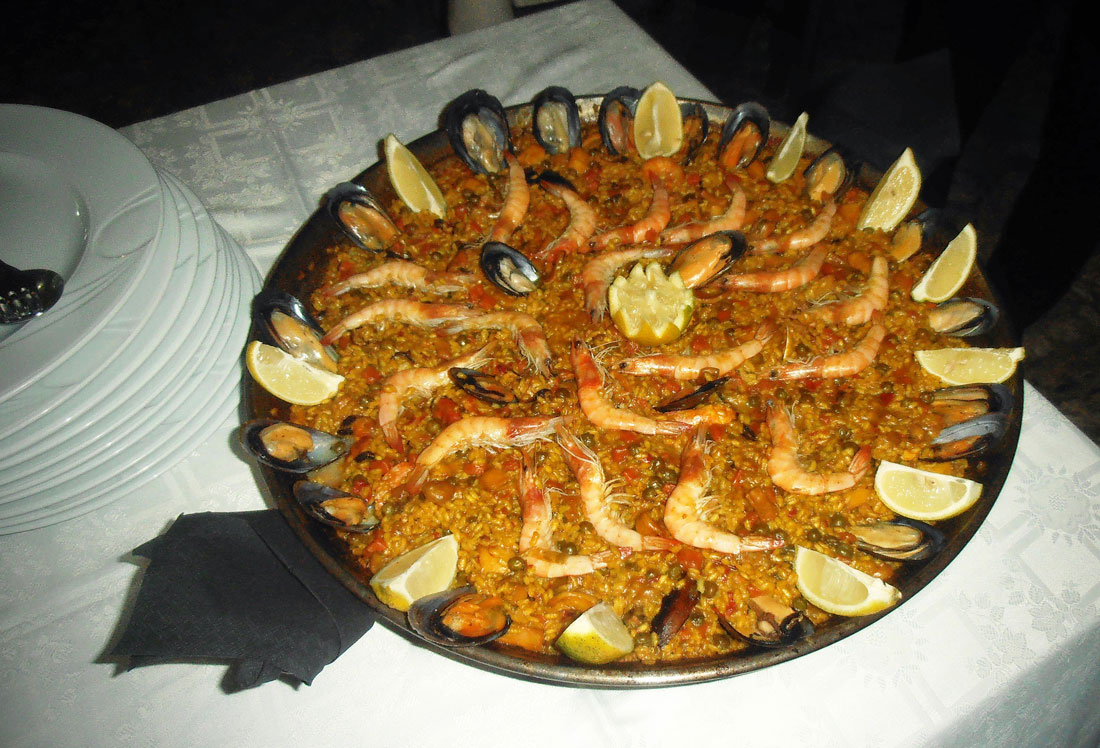
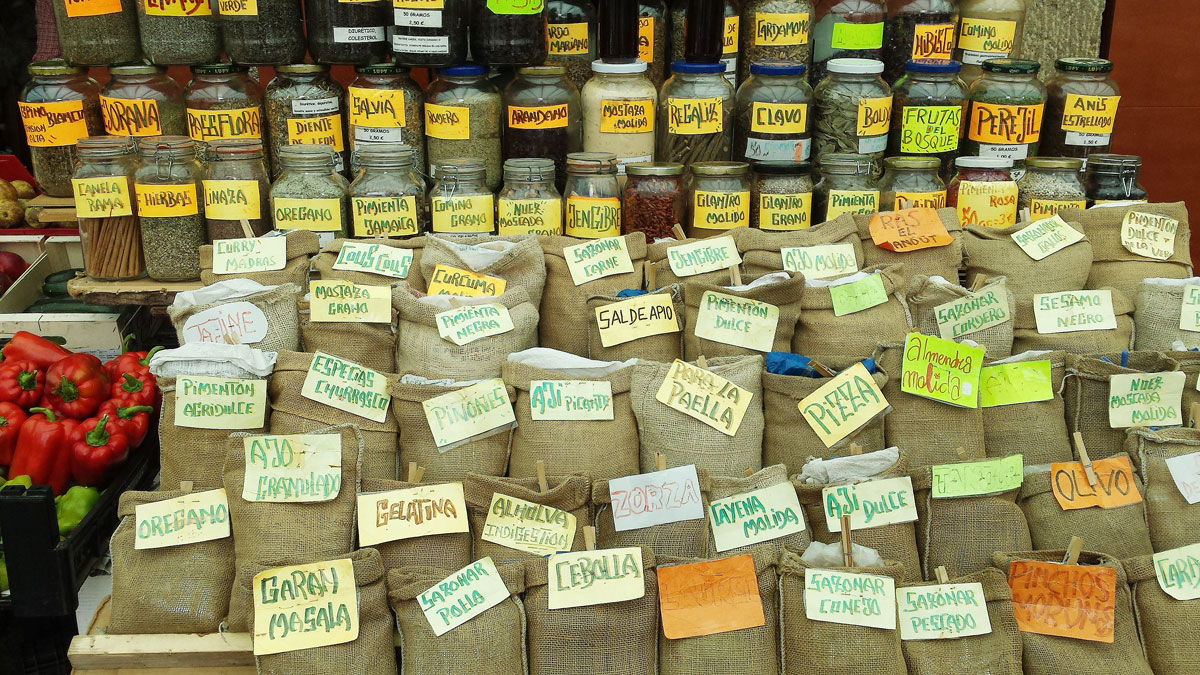
“Recipe tip, you must let the rice sit on the pan’s bottom until it forms a soccarat, this is the prized toasty crust.”
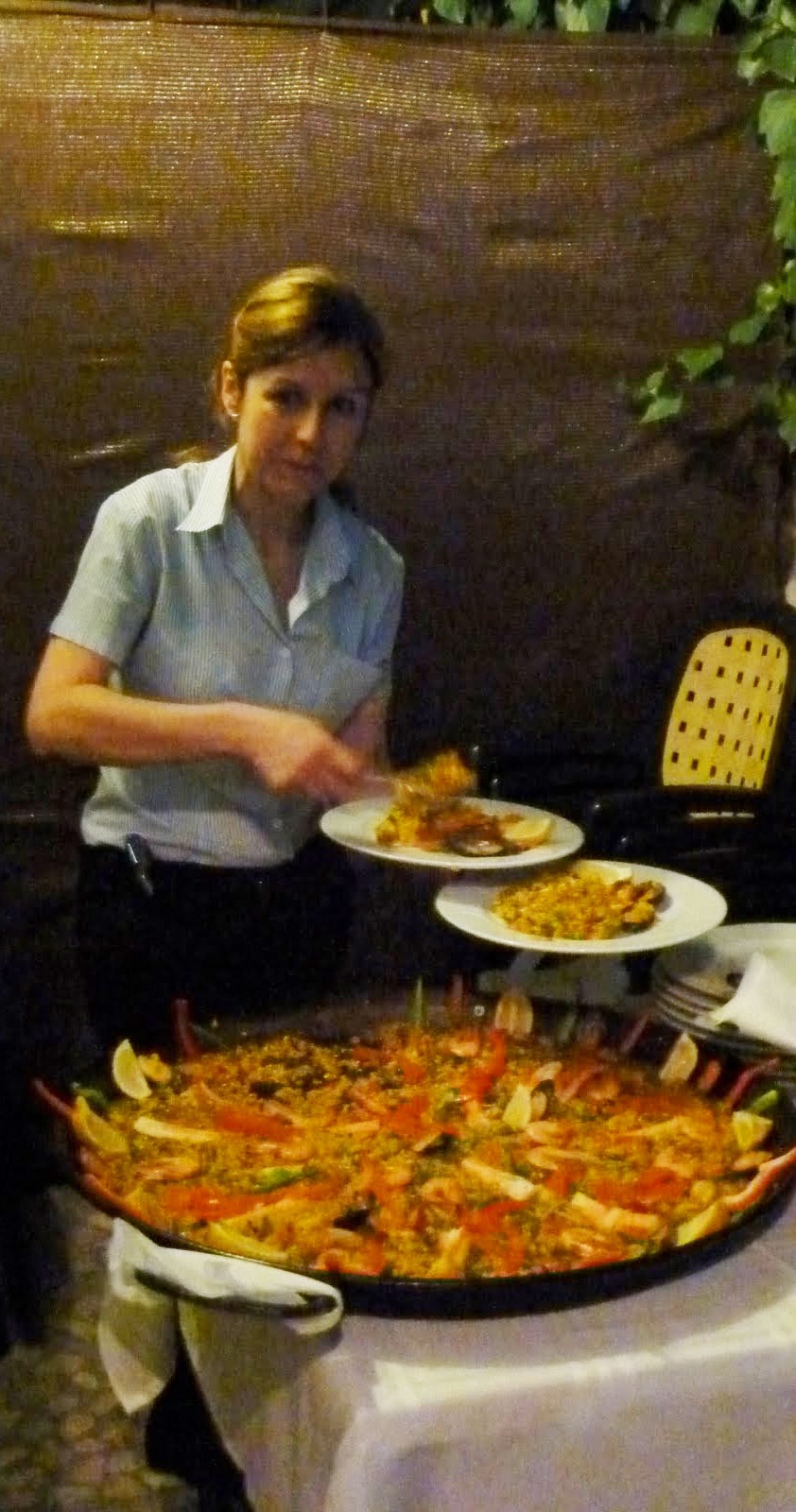
How to cook a Spanish Paella? Start with a good pan!
The name of the Spanish dish itself was taken from that of the pan it was cooked in, a “paella”, a large low flat pan with sloping edges, although locals started to call it “paellero” to differentiate the both. They are so large in order to be able to spread the rice as thin as possible to cook it dry but yet not have its starch released. It is a real art to cook with them and creating a good socarrat, the lightly caramelized sticky rice which forms on the bottom, is a talent and if done well, the prized element of the paella. At parties, it was usually given to the oldest abuelos (grandparents) as a sign of respect.
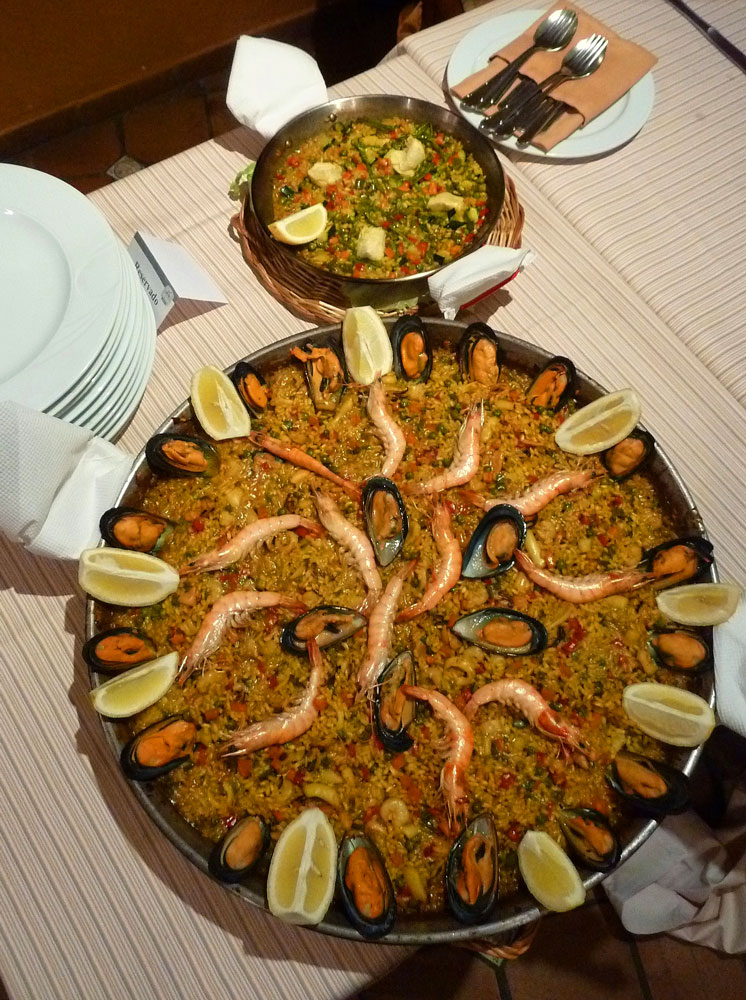
Also, don’t kid yourself that this is a tourist dish, as on our Spanish bike trips, we cycle past hardware shops or metaleristas (metal shops).. who sell huge paella pans, and we mean car sized.. for events, and family get togethers, It is so very well loved everywhere in the country. Comfort food for all!
In case you didn’t get enough of the good stuff during your main lunch feast, you can even finish the meal off with another Spanish favourite, Arroz con Leche, rice pudding!
¡Buen Provecho!
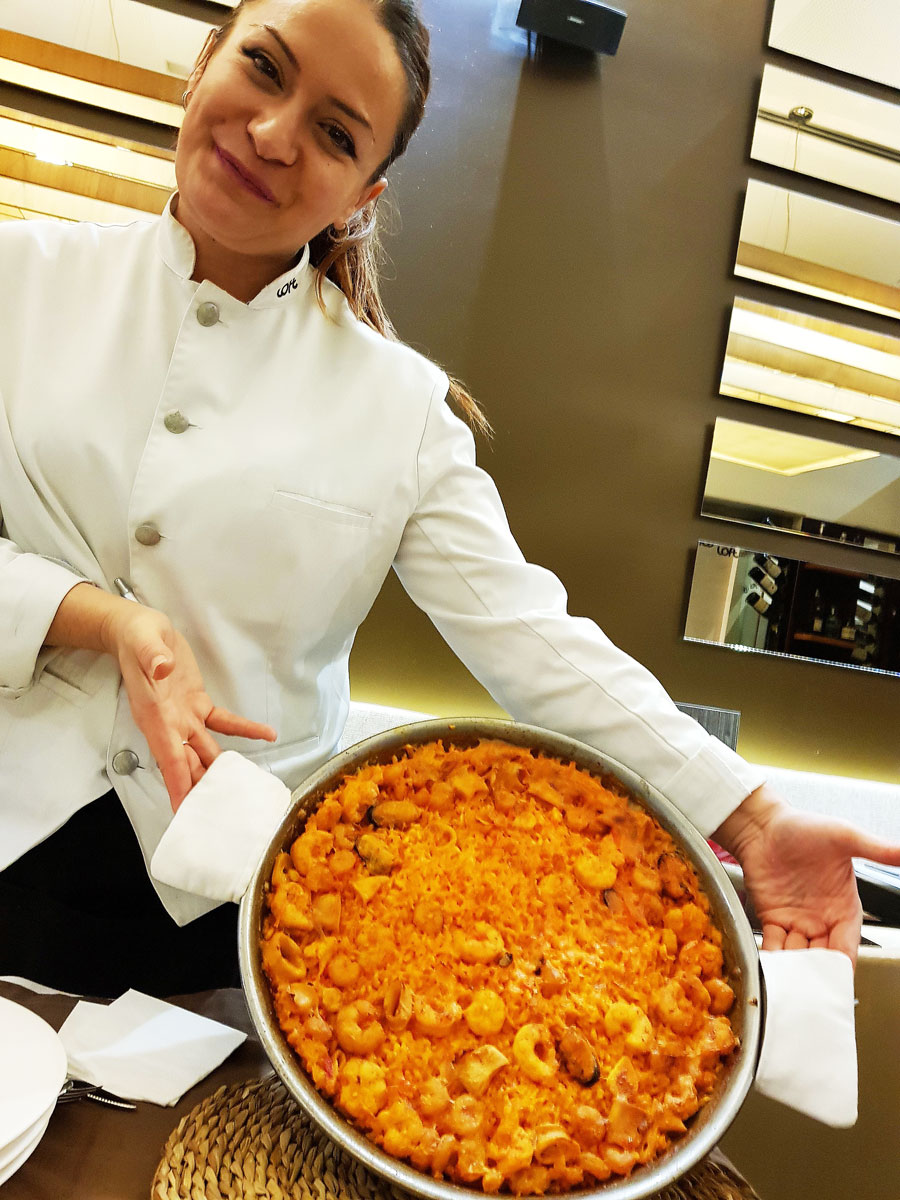
In the meantime, here is how to make a Spanish Paella yourself!
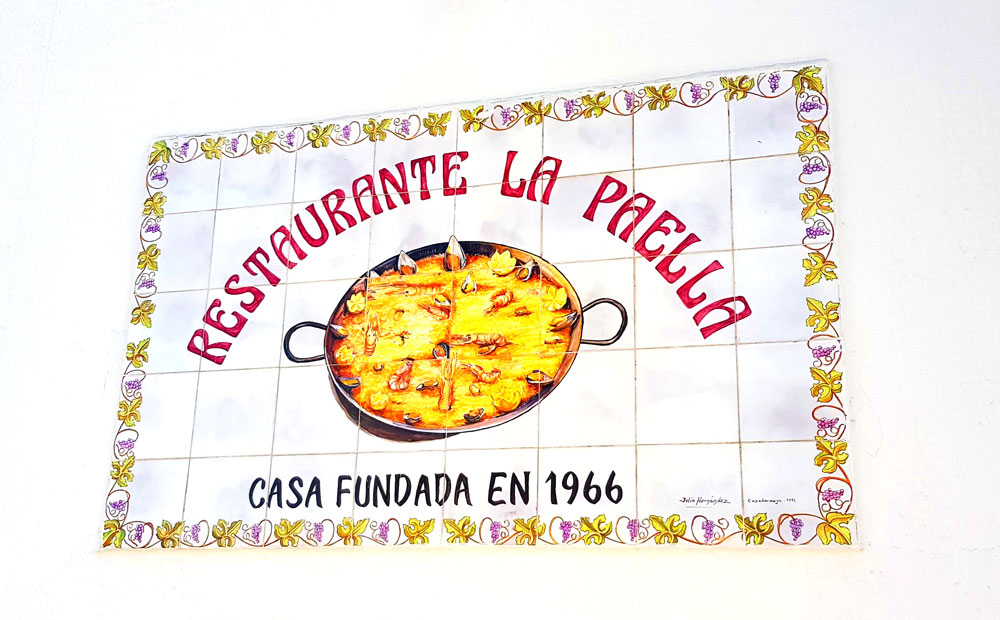
How to Cook an Authentic Spanish Paella!
Prep time: 30 minutes
Cook time: 1 hour
Makes: 4-6 servings
Ingredients to Paella:
• 1/ 4 cup extra-virgin Spanish olive oil (of course!)
• 2 completely sliced Spanish chorizo sausages, thickly sliced (optional)
• 1 Spanish onion, diced
• 4 garlic cloves, crushed
• 1/2 cup, peas
• 1 can whole tomatoes, drained and hand-crushed
• Handful of fresh parsley leaves, chopped,
• Generous pinch of saffron
• Salt and pepper to taste
• 4 cups short grain Spanish rice
• 6 cups water, warm
• 1 dozen clams
• 2 1/” cups of peeled shrimp,
• 1 cup of pieces of Chicken
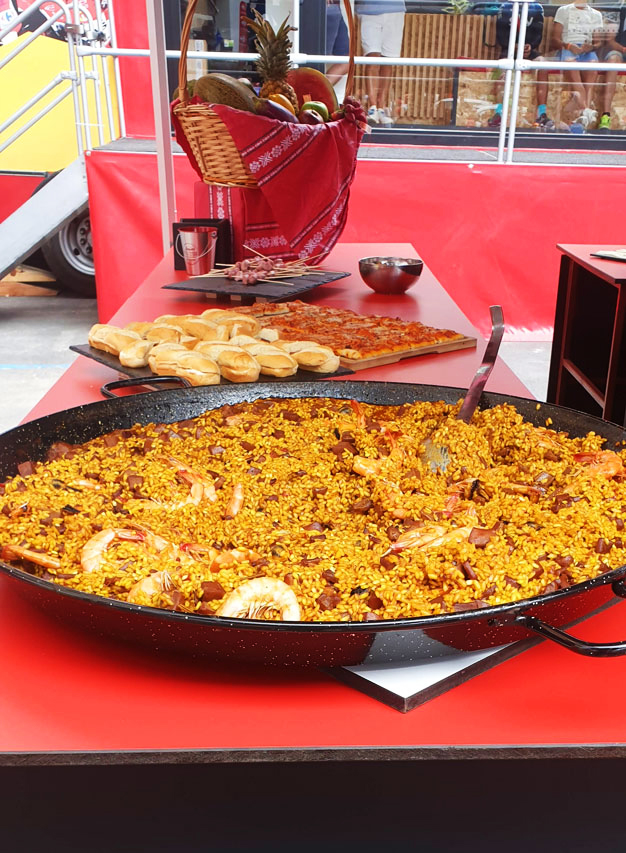
How to Cook a Spanish Paella! ¡Olé!
1. Heat oil in a paella pan over medium-high heat.
2. Sauté the chorizo until browned, Remove from heat
3. Brown chicken next
4. Add salt and freshly ground pepper.
5. Remove from heat.
6. In the same pan, sauté the onions, garlic, and parsley.
7. Cook for 2 or 3 minutes on a medium heat.
8. Add tomatoes and cook
9. Fold in the rice and stir-fry to coat the grains.
10. Pour in water and simmer for 10 minutes, gently moving the pan around so the rice cooks evenly and absorbs the liquid.
11. Add chicken, chorizo, and saffron.
12. Add the clams and shrimp, (takes about 8 minutes cooking time)
The paella is done when the rice looks fluffy – (don’t forget to check the sides, where it cooks the slowest)
13. Leave to simmer, without stirring, until the rice is al dente, for about 15 minutes.
Lay out the Lemon wedges, for serving, pour a great big refreshing cerveza and enjoy this taste of Spain!

Links
- – Hidden Valencia
- – White Villages of Andalucía
- – Coastal Camino
- – Spain’s Green Coasts
- – Cycle to the Med




